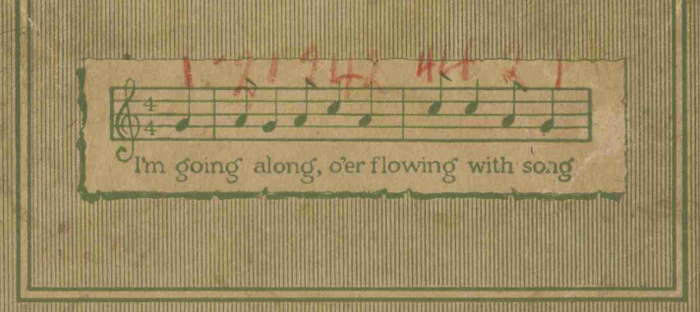Sounding Spirit Digital Library
Southern Sacred Vernacular Music Books (1850–1925)

Explore Southern Sacred Song
The Sounding Spirit Digital Library, now in beta, will feature over 1,250 volumes of southern sacred vernacular song published between 1850 and 1925 that represent many different musical genres, religious groups, and singing traditions. Visit again in the coming months as we launch a series of collections and continue to add books to the library. You can also learn more about these books, our values, and how this library was made.
More InformationFeatured Volumes

Evangeliums-Lieder
1890

Gospel Quintet Songs
192x?

Happy Voices No. 8
1910?

Mäskōke Hymns
1860

The Helping Hand
1878

The New Starry Crown
1886

The Woman's Hymnal
1892

